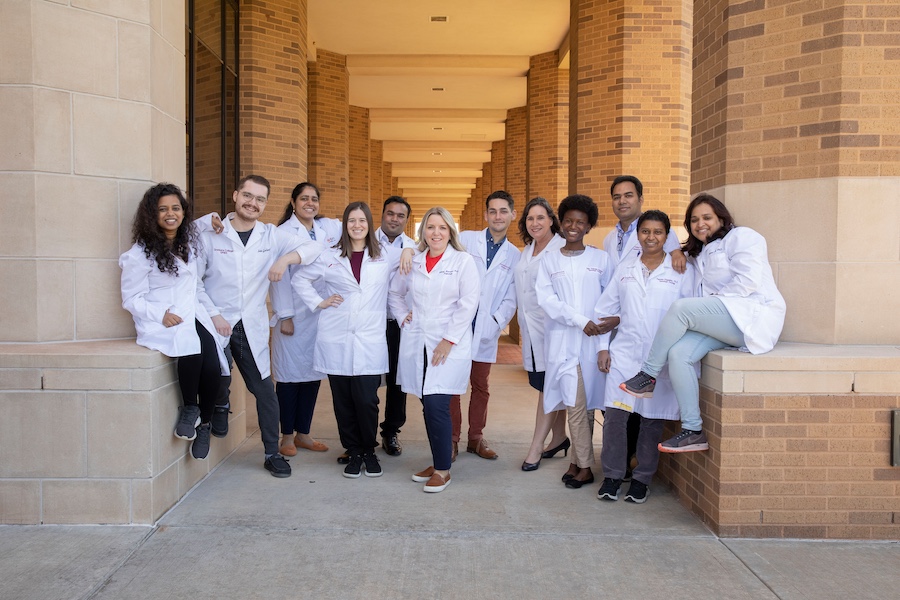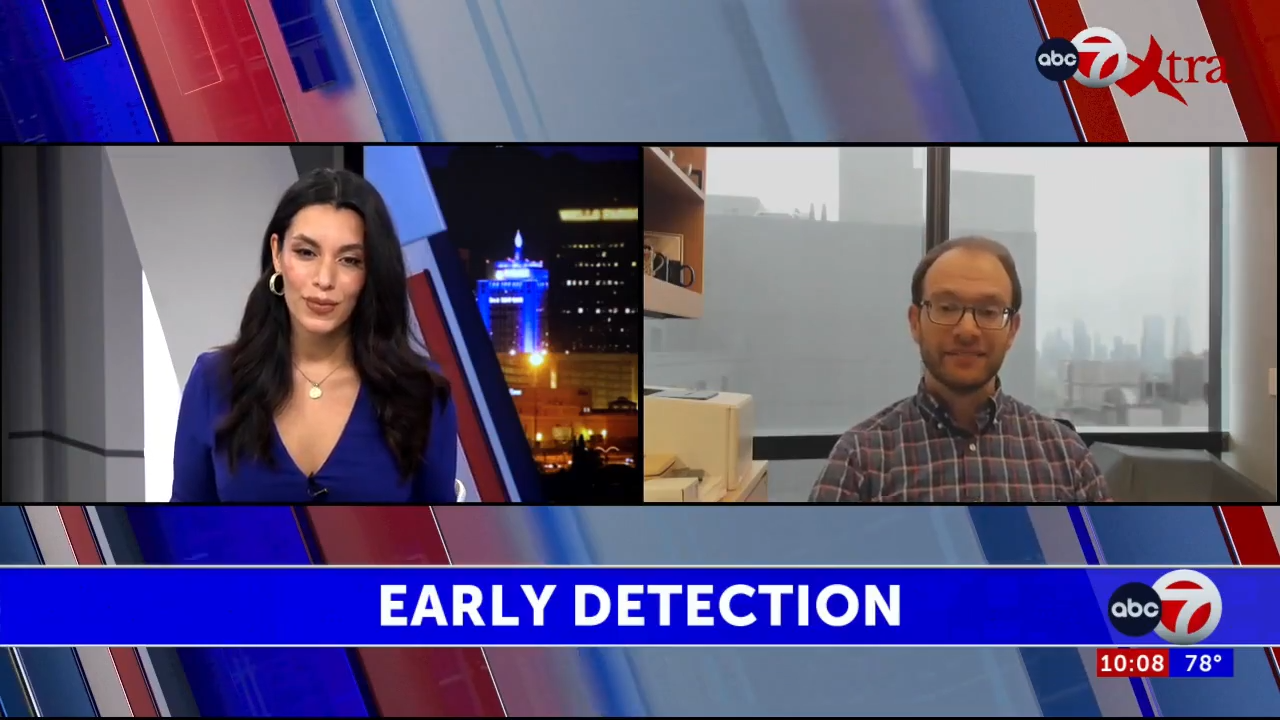(December 17, 2015) This morning in London, researchers announced the long-awaited final results of the United Kingdom Collaborative Trial of Ovarian Cancer Screening (UKCTOCS). The trial showed that average-risk, post-menopausal women who were screened for ovarian cancer based on a test called ROCA (Risk of Ovarian Cancer Algorithm) were not less likely to die from ovarian cancer than women who were not screened. The study, published today in the British journal The Lancet, shows that ROCA-based screening isn’t effective at saving women’s lives.
Some media outlets and organizations are reporting that a modest mortality benefit of 20% was seen. This benefit, however, was not deemed statistically significant (i.e., the results were not reliable enough to be deemed real and could be due to chance). Researchers plan to continue to follow the women in the study for an additional three years to find out if the results of this study, which today are negative and disappointing, can become positive in the future. While we join the researchers in their optimistic outlook and are hopeful that more positive results will be released in the future, today we must acknowledge that the results do not show that screening works. Ovarian Cancer Research Fund commends the research team for the completion of this landmark study, an extraordinarily ambitious and unprecedented undertaking.
Background on UKCTOCS and the ROCA Test
The UKCTOCS was a very large, state-of-the-art clinical trial recently completed in the United Kingdom that looked at whether using ROCA would be useful for diagnosing ovarian cancer in the general population, and whether this screening test saves lives. The trial, which began in 2001, was coordinated by University College London, and was conducted by Dr. Ian Jacobs (now at the University of New South Wales) and Dr. Usha Menon (University College London). It is one of the largest randomized, prospective clinical trials ever conducted, involving over 200,000 women (most trials involve only a few hundred people).
The UKCTOCS evaluated the use of the ROCA test, which uses a number of clinical variables such as a woman’s age, menopausal status, her lifetime risk of developing ovarian cancer and serial blood measurements of CA-125 levels over time to produce a score that indicates the likelihood of having ovarian cancer. It is the first step in a multimodal assessment for ovarian cancer and is used to help physicians assess whether a woman should undergo additional testing, including transvaginal ultrasound scan of the ovaries.
In the trial, participants were randomly assigned to two groups – a control group that received no screening (which is the standard of care), and a group that had annual screening. The women in the screening group were further divided into two groups: one group of women had a transvaginal ultrasound scan of the ovaries. If an abnormality was seen, the scan was repeated. The other group was screened with ROCA. The ROCA test reports a numerical score which represents a woman’s risk of ovarian cancer as “Normal,” “Intermediate” or “Elevated” as a guide for clinical decision making on the need for a transvaginal ultrasound scan and further follow-up.
Study participants were followed until December 31, 2014, and their outcomes were tracked.
Results
Researchers found that after a median follow-up of 11.1 years, 1,282 women were diagnosed with ovarian cancer: 338 in the multimodal screening group, 314 in the ultrasound group, and 630 in the no screening group. Of these women, 148 women in the multimodal screening group, 154 in the ultrasound group, and 347 in the no screening group had died of ovarian cancer. The results showed a mortality reduction of 15% with multimodal screening, and 11% with ultrasound. Unfortunately these results were not statistically significant, and therefore could have been due to chance.
There are several other, less notable results from the trial. Most notably, the multimodality screening protocol dramatically impacts “stage shift.” In other words, women in the screened group were diagnosed at an earlier stage, on average, and this result was highly statistically significant. But contrary to intuition, this downward stage shift did NOT impact mortality. Thus, this was an interesting finding but not useful in a practical sense.
The results were published online today in the British medical journal The Lancet, and were webcast live. You can watch a recording of the announcement here.
What does this mean for post-menopausal women?
The results of this trial are extremely important, and answer the question of whether we can effectively screen women for ovarian cancer. Unfortunately the answer to that question today is no. The researchers who conducted the study are optimistic that with additional years of follow-up, the answer to that question may be yes. We, too, are hopeful, but at this point, the results do not warrant the implementation of a national screening program of post-menopausal women.
It is important to note that these results are only for post-menopausal women of the general population. What about younger women, or women at increased genetic risk? The results of a trial, called the Familial Ovarian Cancer Screening Study, will be released separately in the future and were not addressed in this trial.
In February 2016, Ovarian Cancer Research Fund is convening a meeting of content experts (including Drs. Jacobs and Menon) at the Banbury Center in Cold Spring Harbor, Long Island to discuss the study’s results and to come to a consensus on the significance of these findings, and how they should be appropriately interpreted. We look forward to sharing the results of this meeting with the ovarian cancer community.
Additional Resources:
- OCRF can provide expert commentary on this study. Contact Sarah DeFeo at (212) 268-1002 or sdefeo@ocrahope.org.
- Press Release
- Read the article in The Lancet
- UKCTOCS Website
- New York Times article by Denise Grady
- ROCA Test: The ROCA test is being commercialized by a company called Abcodia and being brought to the US over the course of the next 12 months. It is currently available in five states (MA, NJ, TX, AZ, IL) but is not currently covered by insurance (the cost is $295). Patients much purchase the test, and bring it to a doctor who will authorize the blood draw. Results are sent to the doctor for interpretation. Abcodia is going to be pursuing FDA approval for the test. therocatest.com


